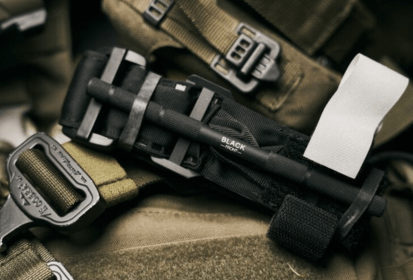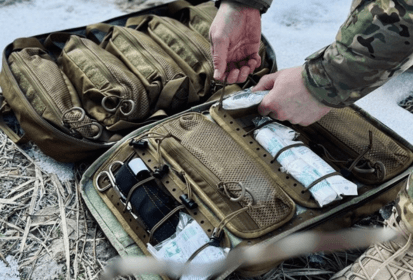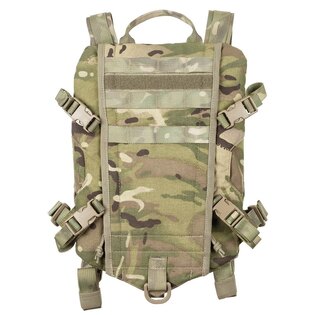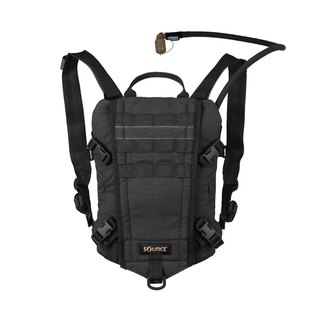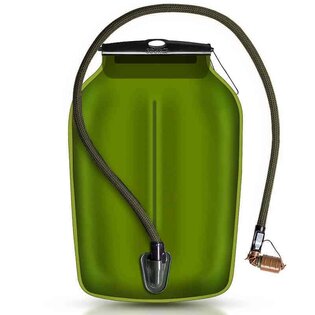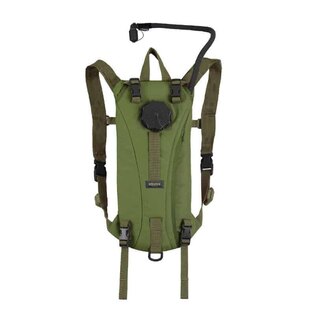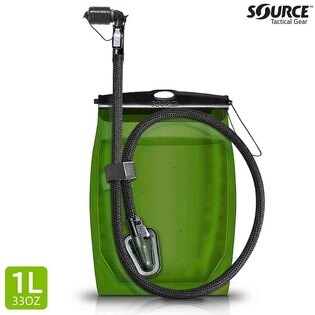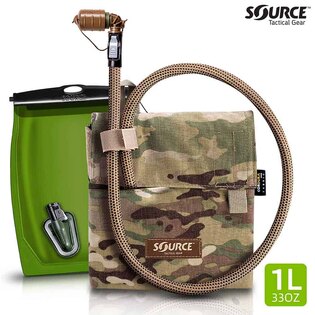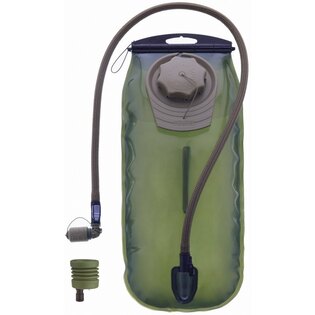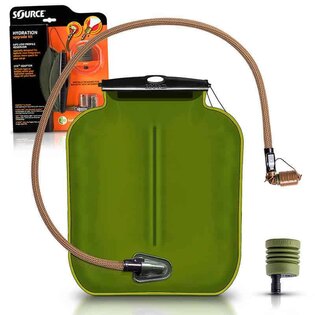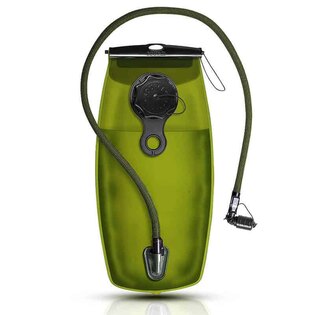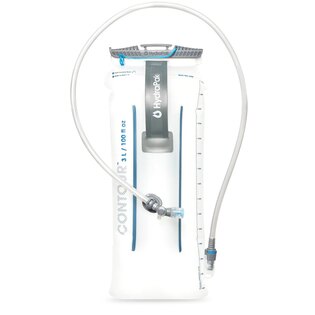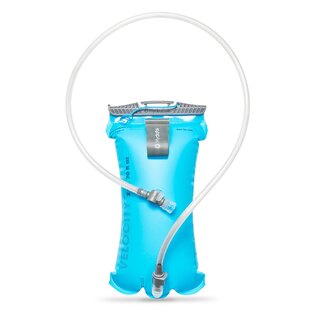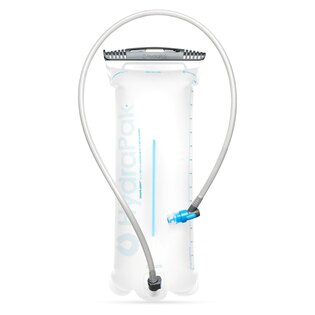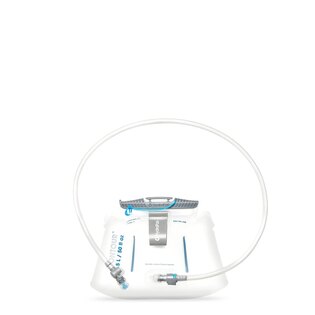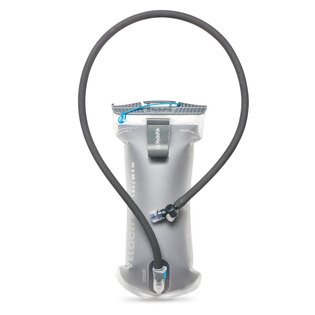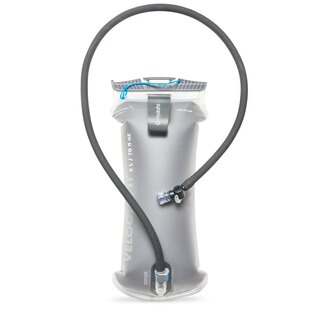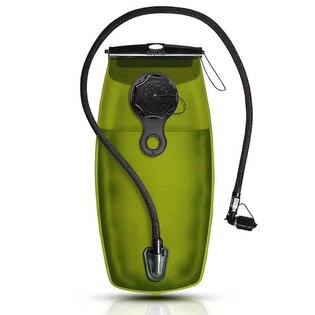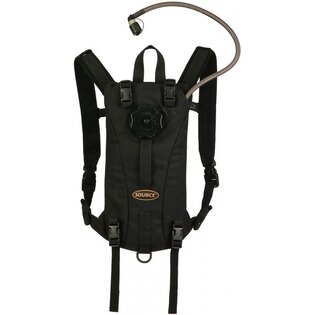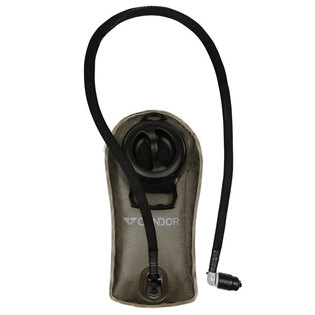How to Choose a Hydration Pack That Actually Works for You
A hydration pack is not rocket science—until you start using it. Then you realize it's not just about capacity but also about how it fits, how it's filled, whether it leaks, and whether it suits your gear. In this article, we'll guide you through the selection process so it works for you in the field—not just on paper.
Three Questions to Ask Yourself First
Before diving into specs, materials, and accessories, start with these:
- How will you use it?
Weekend hikes, tactical field training, or professional duty? Each requires a different shape, build, and integration.
- How much water do you really need?
Be realistic. Hauling 3 liters for a short two-hour hike is overkill. But running out of water in the heat is just as bad.
- What gear will you use it with?
Do you have a pack with a hydration sleeve? MOLLE gear? Does it fit? Can the hose route cleanly through? It all matters.
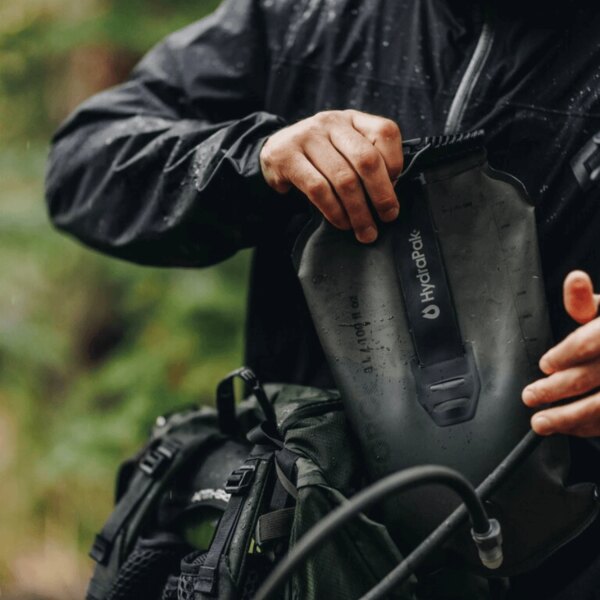
Thanks to the wide opening, the bag is easily accessible even with gloves or in the rain.
Gear Compatibility: Will It Work with Your Setup?
A hydration pack alone doesn’t solve much. What counts is how it fits into your system. Focus on:
- Backpack fit – Does it have a dedicated sleeve or hang loop for a bladder?
- Load-bearing gear – Is it MOLLE compatible? Can you stash it in the rear panel of a plate carrier, attach it externally, or carry it in a tactical daypack?
- Drinking tube access – Is there an exit port? Can it route cleanly across your straps or vest, maybe even with a magnetic clip?
- Detachable bite valve – Handy for refilling, cleaning, and using with gloves.
🎯 How to Wear a Hydration Bladder in Gear
- In a backpack – the classic solution if it has an inner pocket and an outlet for the tube.
- In the integrated pocket of a plate carrier – a low-profile option without an additional pouch.
- In a MOLLE pouch on the back of the vest – a proven tactical choice with quick access.
- In a separate backpack (assault pack) – suitable for longer movements or as a modular accessory.
💡 Lead the tube along the shoulder strap and secure it with a clip or Velcro. It won't get in the way and is always at hand.
Features That Save You Frustration
Some features only reveal their value once you're in the field—when it's often too late. These make a difference right away:
- Quick-disconnect fittings – Remove the hose without leaks. Great for refills.
- Durable construction – TPU and reinforced seams survive your stove, mess kit, and whatever else lives in your pack.
- Wide-mouth or roll-top opening – Easier to fill, easier to clean.
- Filter compatibility – A must if you're refilling from streams or springs.
- Cold-weather insulation – If you’re heading into freezing temps, this is a game changer.
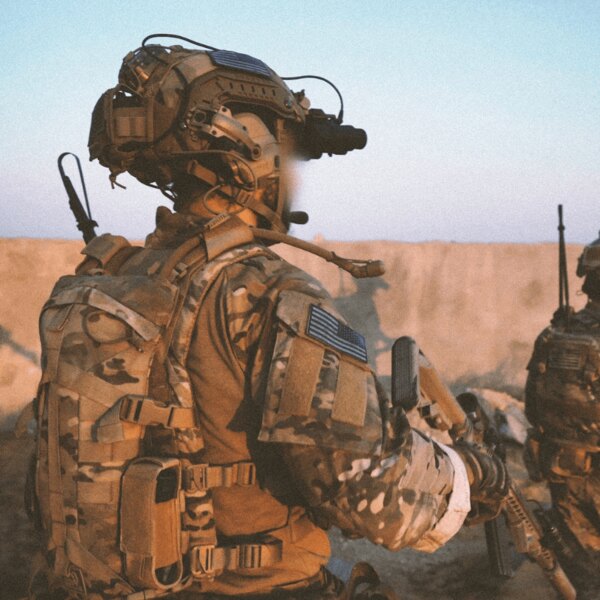
Classic over-the-shoulder hose routing allows quick access without needing to stop.
What Capacity Is Right for You?
Bladder Capacity
- 0.5–1 L – Minimalist or backup hydration. Fits running vests or quick missions.
- 1.5–2.5 L – The sweet spot. Balances weight and supply for most activities—hikes, patrols, summer operations.
- 3+ L – For long distances, limited refill options, or heavy drinkers. Ideal for treks, military use, MTB, or ultra trail runs.
Backpack Volume
- Up to 5 L – Ultralight, running, or low-profile setups.
- 6–10 L – Perfect for day hikes, MTB, or fast missions.
- 11–20 L – Versatile option for trekking, EDC, or service use.
- 20+ L – Suited for multi-day trips or combining hydration with additional gear.
📌 Tip: You don't have to fill a large hydration pack to 100%, but you can't increase a small one. If you're unsure, take a larger one and adjust the volume according to the activity.
Hydration Systems by Activity
Each type of activity has different demands—but many bladders can serve more than one purpose.
Outdoor & Military
MOLLE-compatible or integrated into a versatile pack. Built tough, often with replaceable components and larger capacity. Prioritizes durability, stability, and easy maintenance.
Hiking
Usually integrated into the backpack or stored in a separate compartment. Ideally 2–3 L. Designed for access and quick refills during long days on the trail.

Practical over-the-shoulder hose management is ideal for hikes and multi-day trips.
Cycling
Low profile, stable fit, often positioned at the lower back. 1.5–2 L is usually enough. Must not interfere with movement or ventilation.
Running & Running Vests
Lightweight, minimal systems. Often no waist strap. Water stored in soft flasks up front or a small reservoir on the back. Stability, weight, and quick access are key.
Winter Use
Insulated bladder and hose to prevent freezing. Larger capacity helps keep water in liquid form longer—even if you drink less in the cold.
How to Know If It Fits
Shape alone won’t tell you everything. Check these fit points:
- Torso length – Should sit between your shoulder blades and hips.
- Chest width – Affects strap placement and hose routing.
- Adjustability – Look for height-adjustable hose exits and adjustable shoulder/chest straps.
- Women’s vs. unisex models – Female-specific cuts offer better fit for shorter torsos or narrower frames.
💡 If something feels off during a fitting, it will feel worse later in the field.
Recommended products from Rigad's offer
Not every hydration pack is built for daily use, glove-friendly handling, or demanding conditions. Here’s a selection of models specifically designed and engineered to meet those challenges.
🧰 Recommended Hydration Bladders
- Tactical Source® 3 l Hydration Bladder – durable model for challenging conditions with a low profile and easy gear integration.
- Source® Kangaroo 1 l Hydration Bladder – compact solution for short missions, compatible with the MOLLE system.
- Source® WXP Upgrade Kit Coyote Hydration Bladder – antimicrobial treatment, UV tube protection, high durability.
- HydraPak® HydraSleeve 3 l – durable bladder with insulation, also suitable for attaching outside the backpack.
- Force HydraPak® 2 l Hydration Bladder – excellent volume/weight ratio, handles hot water, easy to clean.
- Torrent Gen II Condor® 3 l Hydration Bladder – slide filling, durable TPU material, and Quick-Disconnect valve.
Final Takeaway: It's Not Just About Volume
Hydration packs aren’t just about how much water you carry—they’re about how easily and efficiently you can drink. Consider how often you’ll refill, how the pack works with your gear, and whether it’s easy to fill, clean, and carry. Choose based on real needs, not catalog photos. Your body—and your loadout—will thank you.
Readers are further interested
